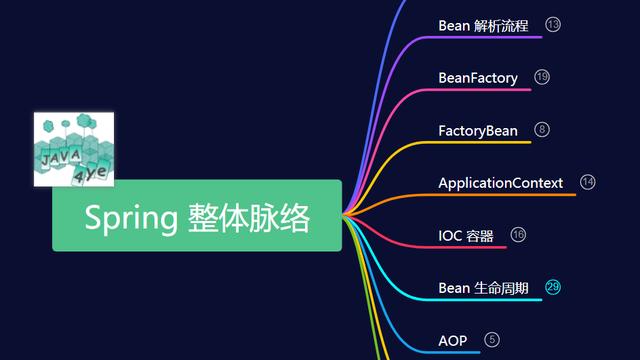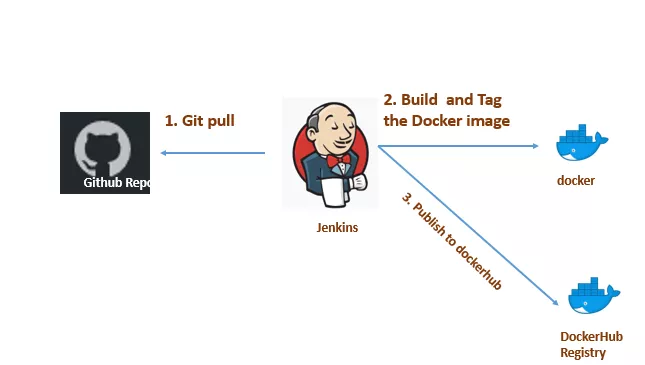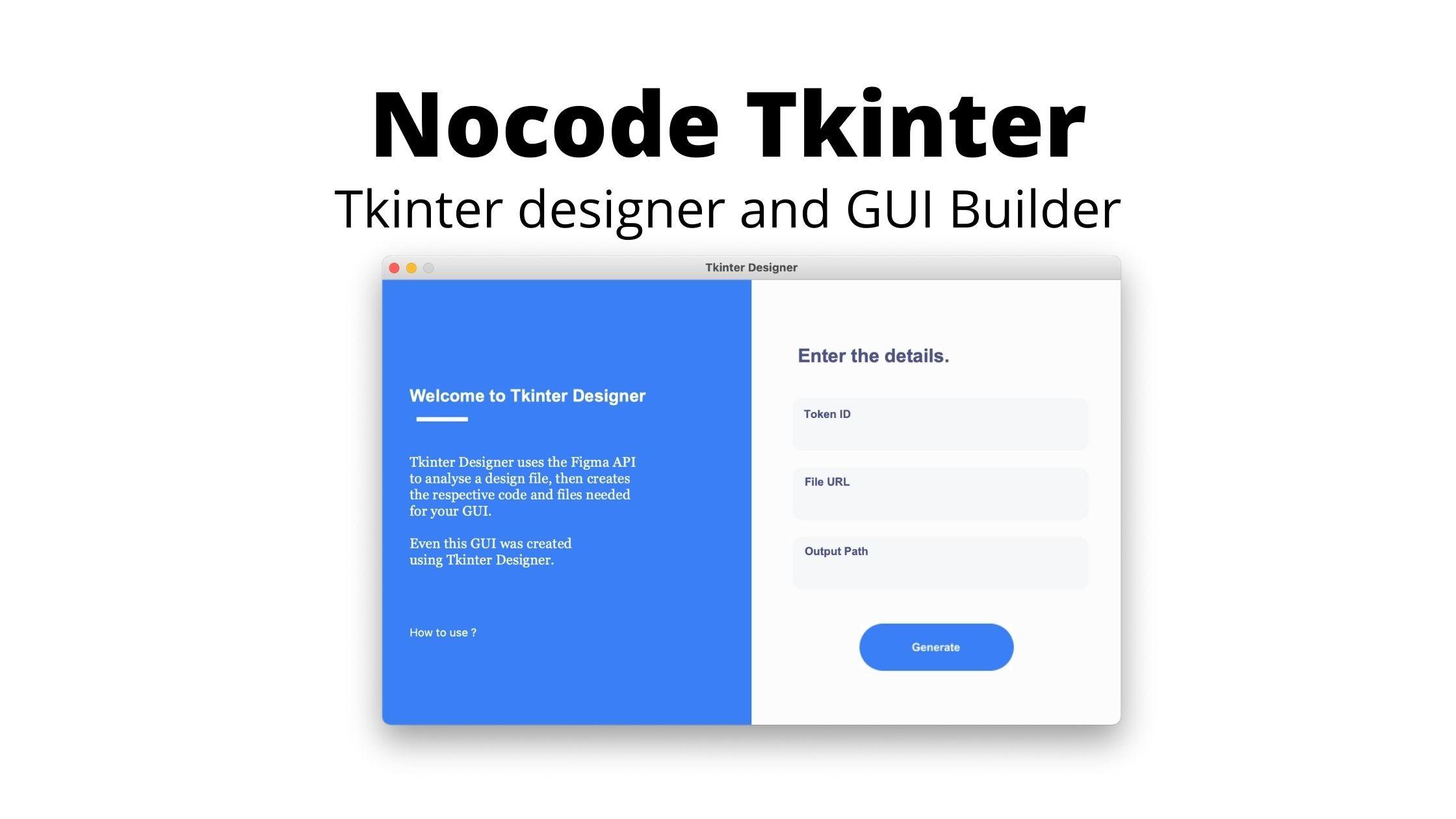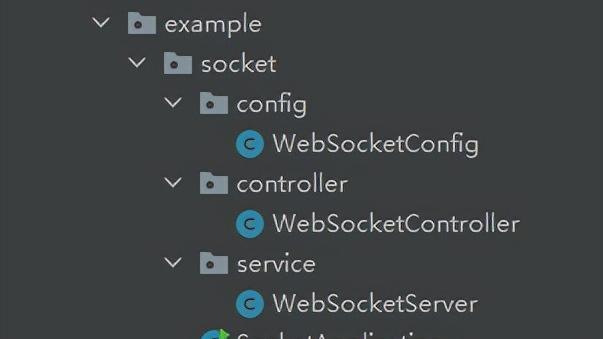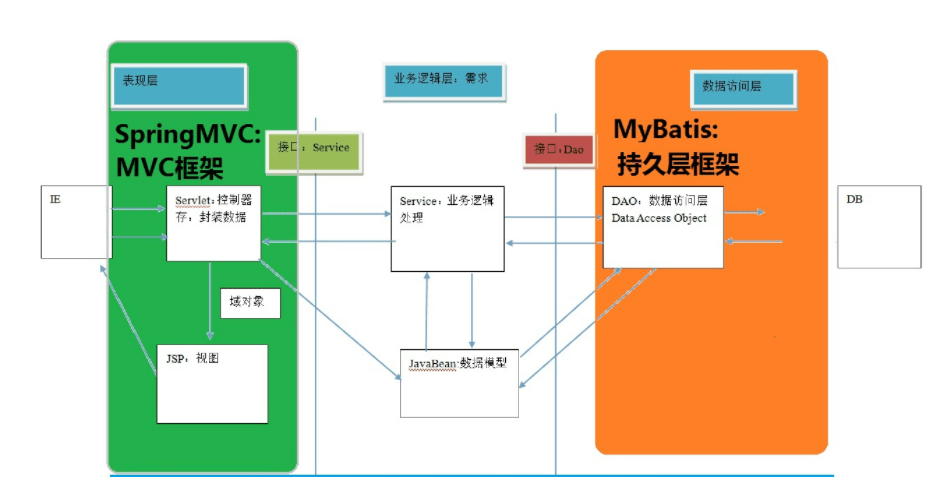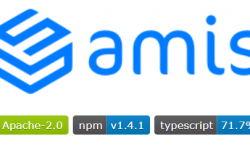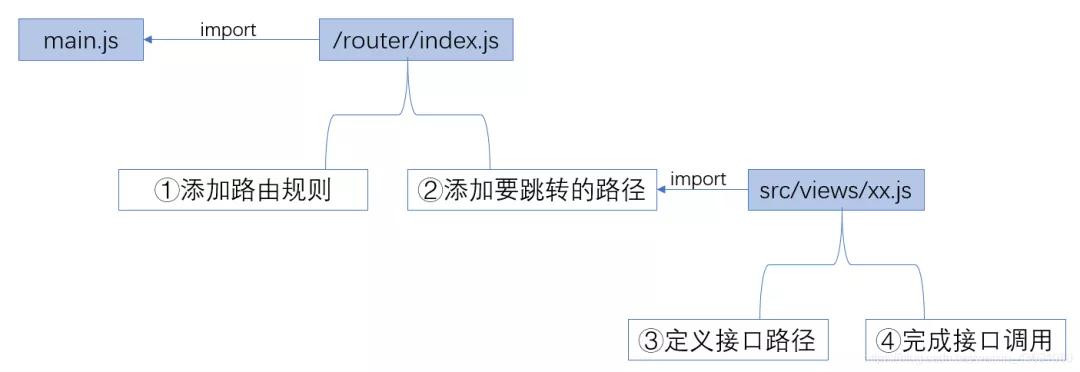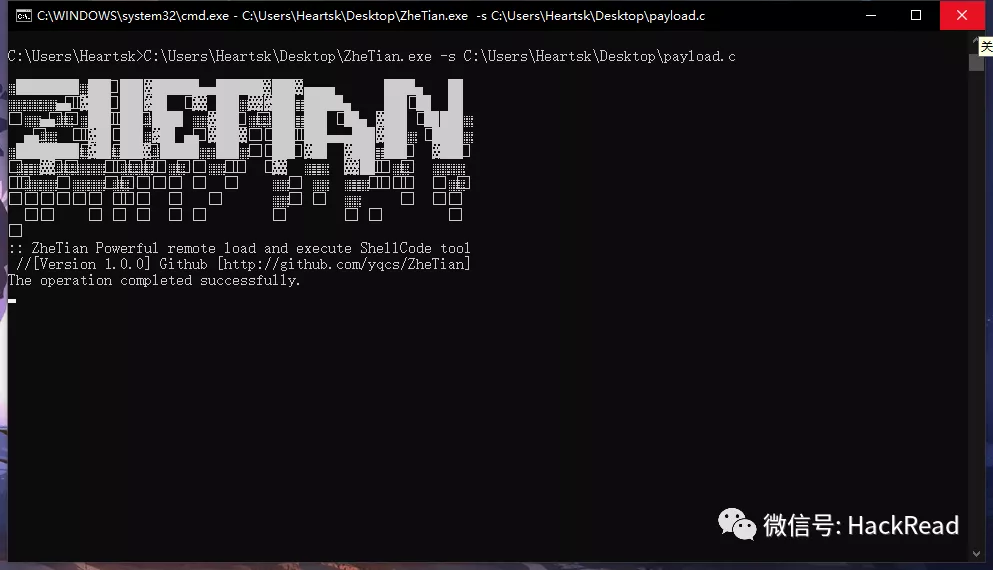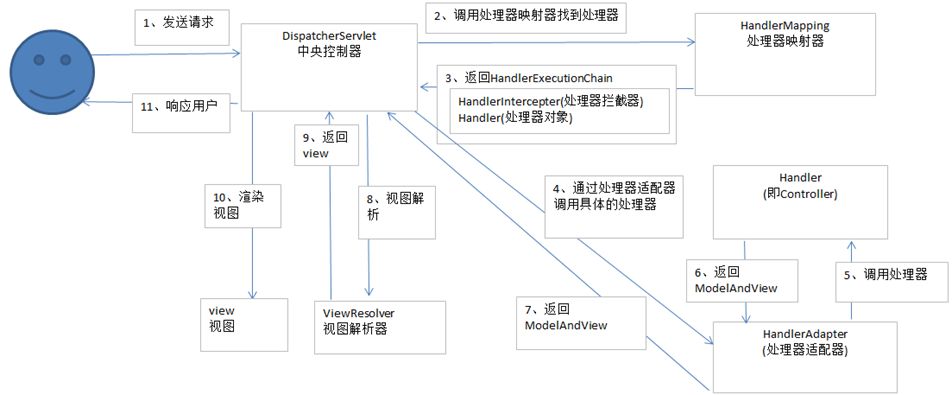定时任务调度功能在我们的开发中是非常常见的,随便举几个例子:定时清除一些过期的数据,定时发送邮件等等,实现定时任务调度的方式也十分多样,本篇文章主要学习各种实现定时任务调度方式的优缺点,以便为日后选择的时候提供一定的参考。
本篇要点
- 介绍Timer实现定时任务。
- 介绍ScheduledExecutorService实现定时任务。
- 介绍SpringBoot使用SpringTask实现定时任务。
- 介绍SpringBoot使用SpringTask实现异步任务。
Timer实现定时任务
基于JDK自带的JAVA.util.Timer,通过调度java.util.TimeTask让某一段程序按某一固定间隔,在某一延时之后定时执行。
缺点:
- 无法指定某一时间的时候执行。
- 存在潜在bug,Timer运行多个TimeTask时,只要其中之一没有捕获抛出的异常,其它任务便会自动终止运行。
public class DemoTimer {
//延时时间
private static final long DELAY = 3000;
//间隔时间
private static final long PERIOD = 5000;
public static void main(String[] args) {
// 定义要执行的任务
TimerTask task = new TimerTask() {
@Override
public void run() {
System.out.println("任务执行 --> " + LocalDateTime.now());
}
};
Timer timer = new Timer();
timer.schedule(task, DELAY, PERIOD);
}
}
ScheduledExecutorService实现定时任务
阿里巴巴开发规范明确规定:希望开发者使用ScheduledExecutorService代替Timer。
多线程并行处理定时任务时,Timer运行多个TimeTask时,只要其中之一没有捕获抛出的异常,其它任务便会自动终止运行,使用ScheduledExecutorService则没有这个问题。
public class DemoScheduledExecutorService {
//延时时间
private static final long DELAY = 3000;
//间隔时间
private static final long PERIOD = 5000;
public static void main(String[] args) {
Runnable task = new Runnable() {
@Override
public void run() {
System.out.println("任务执行 --> " + LocalDateTime.now());
}
};
ScheduledExecutorService service = Executors.newSingleThreadScheduledExecutor();
service.scheduleAtFixedRate(task, DELAY, PERIOD, TimeUnit.MILLISECONDS);
}
}
SpringBoot使用Spring Task实现定时任务
自动配置实现原理
Spring为我们提供了异步执行任务调度的方式,提供TaskExecutor,TaskScheduler接口,而SpringBoot的自动配置类org.springframework.boot.autoconfigure.task.TaskSchedulingAutoConfiguration为我们默认注入了他们的实现:ThreadPoolTaskScheduler,本质上是ScheduledExecutorService 的封装,增强在调度时间上的功能。

@ConditionalOnClass(ThreadPoolTaskScheduler.class)
@Configuration(proxyBeanMethods = false)
@EnableConfigurationProperties(TaskSchedulingProperties.class)
@AutoConfigureAfter(TaskExecutionAutoConfiguration.class)
public class TaskSchedulingAutoConfiguration {
@Bean
@ConditionalOnBean(name = TaskManagementConfigUtils.SCHEDULED_ANNOTATION_PROCESSOR_BEAN_NAME)
@ConditionalOnMissingBean({ SchedulingConfigurer.class, TaskScheduler.class, ScheduledExecutorService.class })
public ThreadPoolTaskScheduler taskScheduler(TaskSchedulerBuilder builder) {
return builder.build();
}
@Bean
@ConditionalOnMissingBean
public TaskSchedulerBuilder taskSchedulerBuilder(TaskSchedulingProperties properties,
ObjectProvider<TaskSchedulerCustomizer> taskSchedulerCustomizers) {
TaskSchedulerBuilder builder = new TaskSchedulerBuilder();
builder = builder.poolSize(properties.getPool().getSize());
Shutdown shutdown = properties.getShutdown();
builder = builder.awaitTermination(shutdown.isAwaitTermination());
builder = builder.awaitTerminationPeriod(shutdown.getAwaitTerminationPeriod());
builder = builder.threadNamePrefix(properties.getThreadNamePrefix());
builder = builder.customizers(taskSchedulerCustomizers);
return builder;
}
}
新建工程,引入依赖
Spring Task是Spring Framework中的模块,我们只需引入spring-boot-starter依赖就可以了。
<dependency>
<groupId>org.springframework.boot</groupId>
<artifactId>spring-boot-starter</artifactId>
</dependency>
编写配置类@EnableScheduling
@Configuration
@EnableScheduling
public class ScheduleConfig {
}
- @Configuration表明这是个配置类。
- @EnableScheduling表明启用Spring的定时任务调度功能。
定义定时任务@Scheduled
@Component
@Slf4j
public class DemoTask {
private final AtomicInteger counts = new AtomicInteger();
@Scheduled(cron = "0/5 * * * * *")
public void execute() {
log.info("[定时任务第 {} 次执行]", counts.incrementAndGet());
}
}
- @Component表明该类需要被扫描,以便于Spring容器管理。
- @Scheduled标注需要调度执行的方法,定义执行规则,其必须指定cron、fixedDelay或fixedRate三个属性其中一个。cron:定义Spring cron表达式,网上有在线cron生成器,可以对照着编写符合需求的定时任务。fixedDelay :固定执行间隔,单位:毫秒。注意,以调用完成时刻为开始计时时间。fixedRate :固定执行间隔,单位:毫秒。注意,以调用开始时刻为开始计时时间。
主启动类
@SpringBootApplication
public class SpringBootTaskApplication {
public static void main(String[] args) {
SpringApplication.run(SpringBootTaskApplication.class, args);
}
}
定义配置文件
Spring Task 调度任务的配置,对应 TaskSchedulingProperties 配置类。SpringBoot允许我们在yml或properties定制这些外部化配置,如果不配置也是没有关系的,自动配置已经给你一套默认的值了。
spring:
task:
scheduling:
thread-name-prefix: summerday- # 线程池的线程名的前缀。默认为 scheduling- ,建议根据自己应用来设置
pool:
size: 10 # 线程池大小。默认为 1 ,根据自己应用来设置
shutdown:
await-termination: true # 应用关闭时,是否等待定时任务执行完成。默认为 false ,建议设置为 true
await-termination-period: 60 # 等待任务完成的最大时长,单位为秒。默认为 0 ,根据自己应用来设置
启动项目测试
# 初始化一个 ThreadPoolTaskScheduler 任务调度器
2020-11-30 23:04:51.886 INFO 10936 --- [ restartedMain] o.s.s.c.ThreadPoolTaskScheduler : Initializing ExecutorService 'taskScheduler'
# 每5s执行一次定时任务
2020-11-30 23:04:55.002 INFO 10936 --- [ summerday-1] com.hyh.task.DemoTask : [定时任务第 1 次执行]
2020-11-30 23:05:00.002 INFO 10936 --- [ summerday-1] com.hyh.task.DemoTask : [定时任务第 2 次执行]
2020-11-30 23:05:05.002 INFO 10936 --- [ summerday-2] com.hyh.task.DemoTask : [定时任务第 3 次执行]
2020-11-30 23:05:10.001 INFO 10936 --- [ summerday-1] com.hyh.task.DemoTask : [定时任务第 4 次执行]
2020-11-30 23:05:15.002 INFO 10936 --- [ summerday-3] com.hyh.task.DemoTask : [定时任务第 5 次执行]
SpringTask异步任务
SpringTask除了@Scheduled、@EnableScheduling同步定时任务之外,还有@Async、@EnableAsync 开启异步的定时任务调度。
SpringBoot自动配置类对异步的支持:org.springframework.boot.autoconfigure.task.TaskExecutionAutoConfiguration
@Async注解添加
@Async
@Scheduled(cron = "0/1 * * * * *")
public void asyncTask() {
sleep();
System.out.println(Thread.currentThread().getName() + " async-task 执行,当前时间: " + LocalDateTime.now());
}
@EnableAsync注解添加
@Configuration
@EnableScheduling // 同步
@EnableAsync // 异步
public class ScheduleConfig {
}
配置文件
spring:
task:
# Spring 执行器配置,对应 TaskExecutionProperties 配置类。对于 Spring 异步任务,会使用该执行器。
execution:
thread-name-prefix: async- # 线程池的线程名的前缀。默认为 task- ,建议根据自己应用来设置
pool: # 线程池相关
core-size: 8 # 核心线程数,线程池创建时候初始化的线程数。默认为 8 。
max-size: 20 # 最大线程数,线程池最大的线程数,只有在缓冲队列满了之后,才会申请超过核心线程数的线程。默认为 Integer.MAX_VALUE
keep-alive: 60s # 允许线程的空闲时间,当超过了核心线程之外的线程,在空闲时间到达之后会被销毁。默认为 60 秒
queue-capacity: 200 # 缓冲队列大小,用来缓冲执行任务的队列的大小。默认为 Integer.MAX_VALUE 。
allow-core-thread-timeout: true # 是否允许核心线程超时,即开启线程池的动态增长和缩小。默认为 true 。
shutdown:
await-termination: true # 应用关闭时,是否等待定时任务执行完成。默认为 false ,建议设置为 true
await-termination-period: 60 # 等待任务完成的最大时长,单位为秒。默认为 0 ,根据自己应用来设置
同步与异步对比
@Component
public class DemoAsyncTask {
@Scheduled(cron = "0/1 * * * * *")
public void synTask() {
sleep();
System.out.println(Thread.currentThread().getName() + " syn-task 执行,当前时间: " + LocalDateTime.now());
}
@Async
@Scheduled(cron = "0/1 * * * * *")
public void asyncTask() {
sleep();
System.out.println(Thread.currentThread().getName() + " async-task 执行,当前时间: " + LocalDateTime.now());
}
private void sleep() {
try {
Thread.sleep(10 * 1000);
} catch (InterruptedException e) {
e.printStackTrace();
}
}
}
同时开启同步和异步任务,假设任务本身耗时较长,且间隔较短:间隔1s,执行10s,同步与异步执行的差异就此体现。

可以看到,同步任务并没有每间隔1s就执行,而是串行在一起,等前一个任务执行完才执行。而异步任务则不一样,成功将串行化的任务并行化。
原文链接:https://www.cnblogs.com/summerday152/p/14070941.html
如果觉得本文对你有帮助,可以转发关注支持一下

